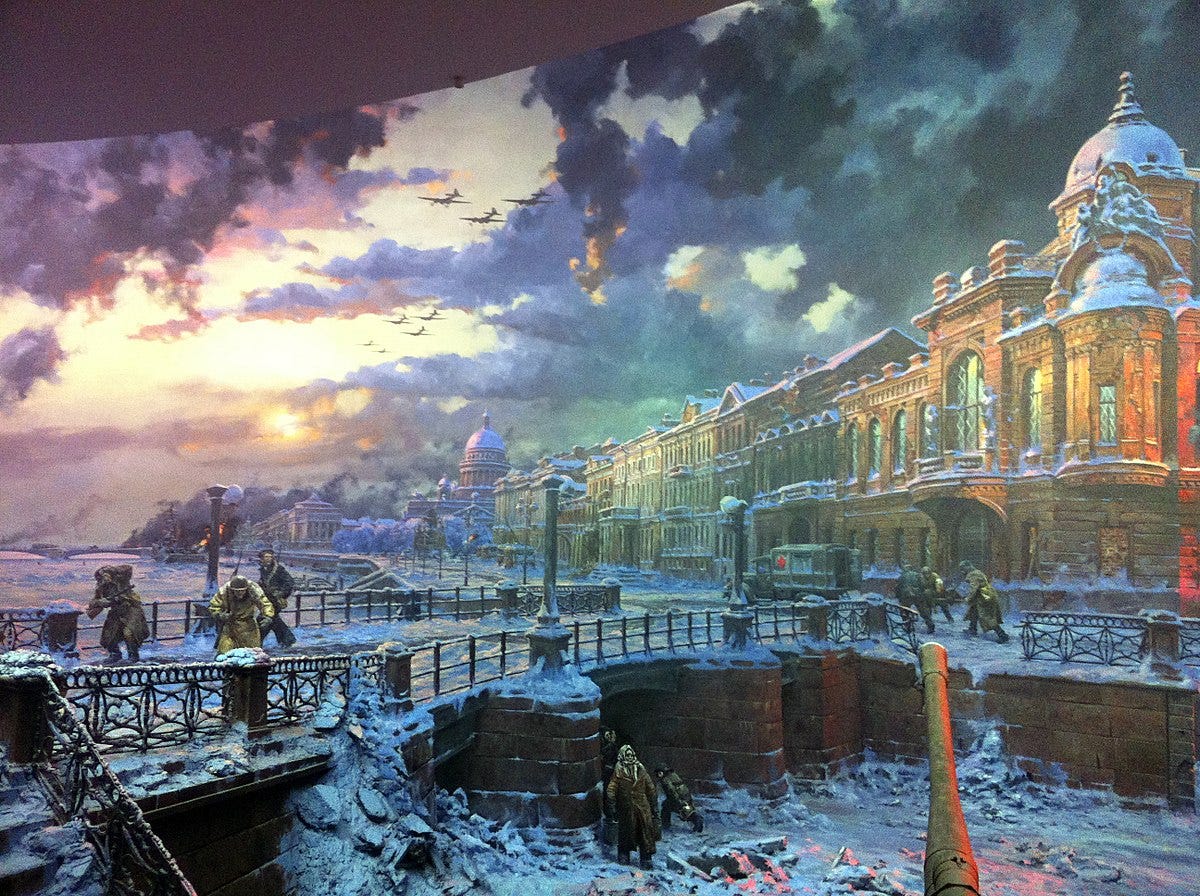"Nothing Has Been Forgotten"
What role does a city's history play in the DNA of a team? Each year, SKA wears the heart of Saint Petersburg on its sleeve. Literally.
In case you missed it, I sat down with Iron Mike Keenan last week.
The other day, I sent the following clip to Lou Vairo—coach of the 1984 U.S. Olympic Team, unsung hero of the 1980 Miracle, and a beloved friend of Anatoly Tarasov. It was a particularly pretty, Sovietesque sequence that…



